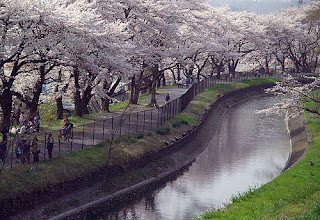introduction of tokio
Tokyo, capital of Japan, with its 13 million inhabitants confirms the most populous metropolis in the country and one of the largest cities in the world. Its history dates back to 1603 when Ieyasu Tokugawa established the feudal government (the shogunate) and since then enjoys a prosperous development. Tokyo is identified as the political, economic and cultural center of Japan and, based on the administrative subdivision of the territory, is divided into 23 districts that include 26 cities, 5 citadels and 8 villages.
Tokyo prefecture is located almost in the center of the archipelago of Japan, in the southern part of the Kanto region and bordering to the east with Chiba prefecture, whose boundary is defined by the Edogawa river, to the west with Yamanashi prefecture, whose boundary is defined by the area of the mountains, to the south with the prefecture of Kanagawa, whose boundary is defined by the Tamagawa river and to the north with the prefecture of Saitama. The total area, 2,187 km², is the third smallest in the country. From the east to the west there is a wide area of mountains, hills and plateaus. From the lowest point, less than 4 m. above sea level, to the area of the mountains, with peaks up to 2,000 m., the geographical conformation presents a terrain rich in undulations. Although it is a small area prefecture, it is also made up of several islands in the Pacific, among which are the volcanic islands Izu and the Ogasawara islets, which contribute to the particularity of this land, which is geographically varied.
area summary
23 districts
The surface of the 23 neighborhoods of Tokyo is about 621 km2, and its population is estimated at around 9 million people. As an industrial and commercial hub, with a network of roads always under development and as a tourist and cultural center with multiple attractions, it attracts countless tourists not only from abroad but also from all regions of the country. It is not only a tourist place rich in history and tradition with, for example, the government building that manages the Tokyo prefecture, with the Tokyo station, whose brick building, restored in 2012, is the largest construction of this kind in Japan and with the Skytree tower, the tallest communications tower in the world not supported by cables, but, without a doubt, is synonymous with one of the most avant-garde regions in the world with the birth and incessant creation of new famous places .


